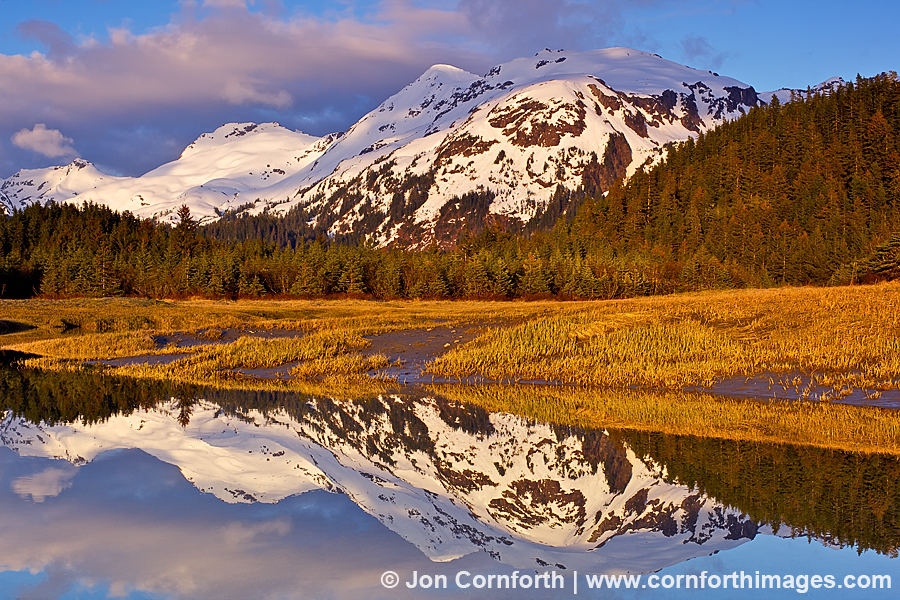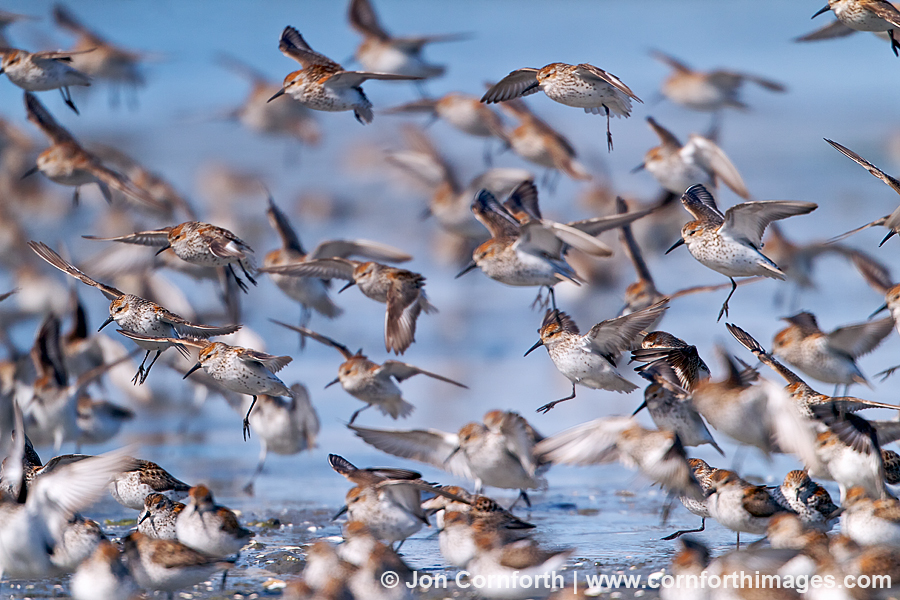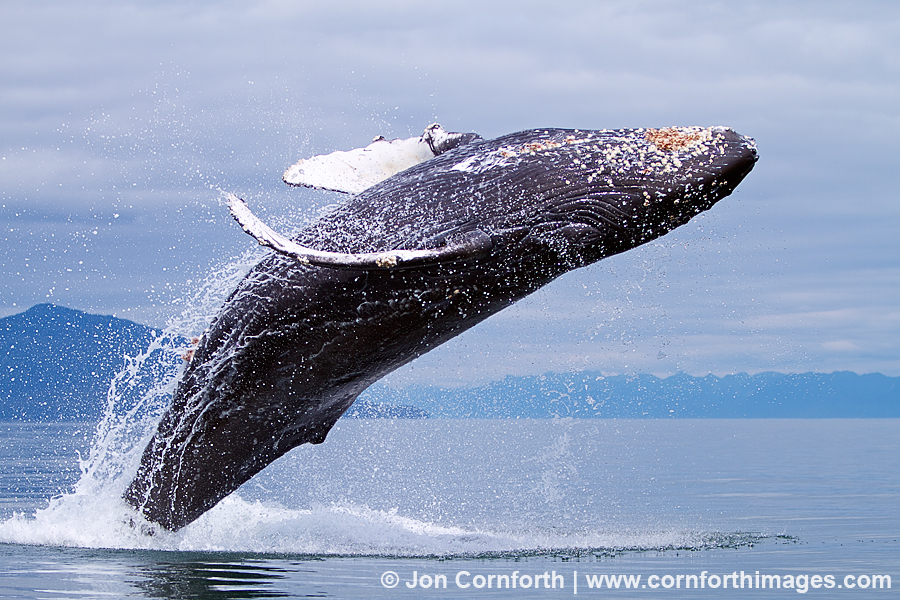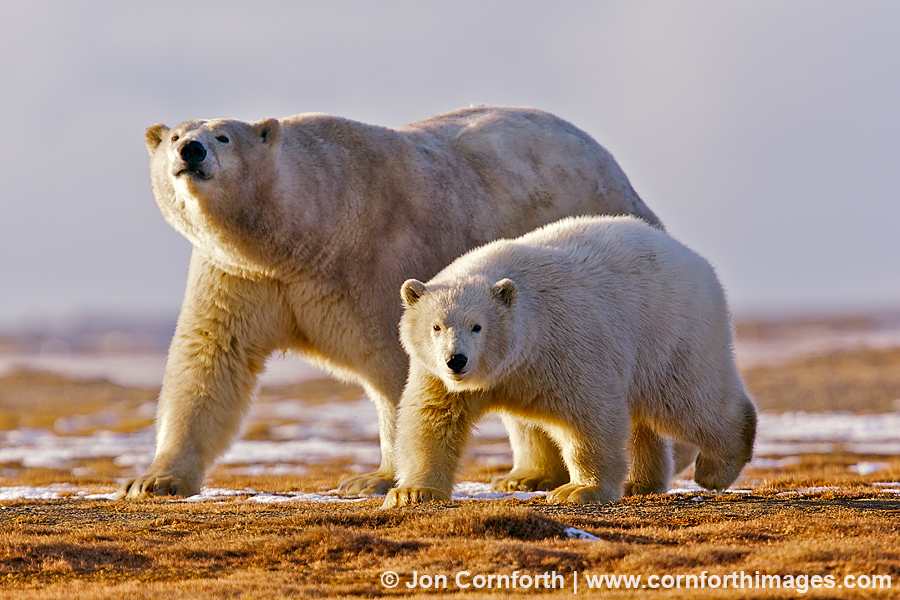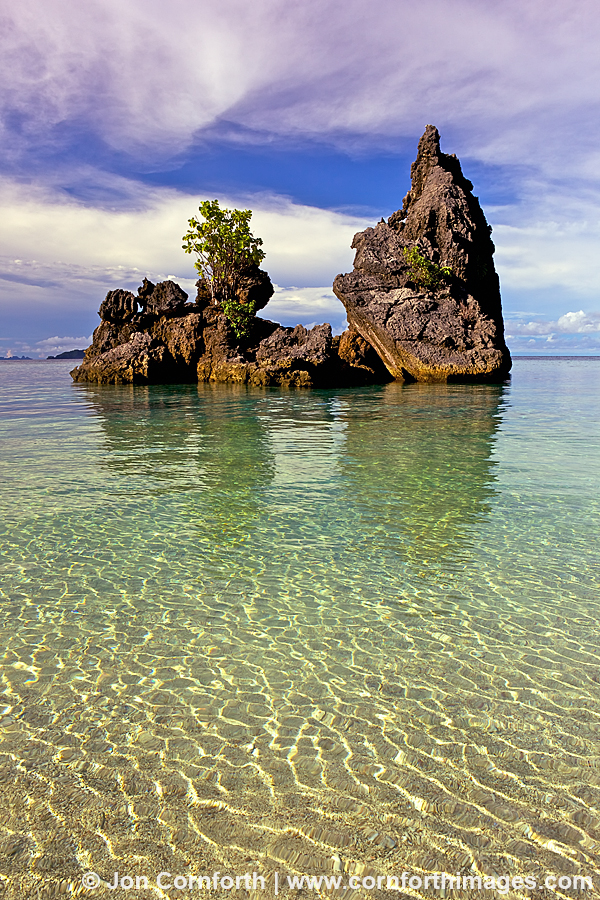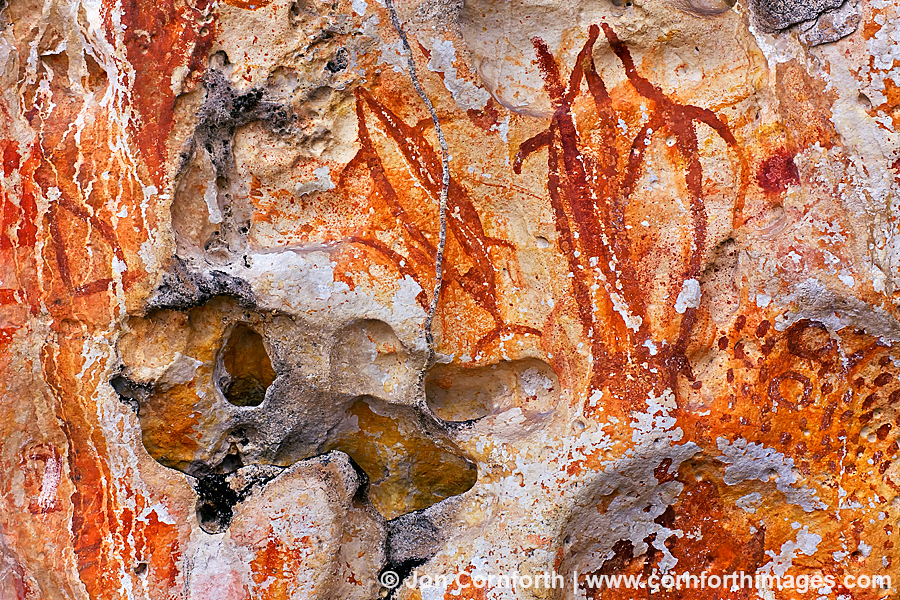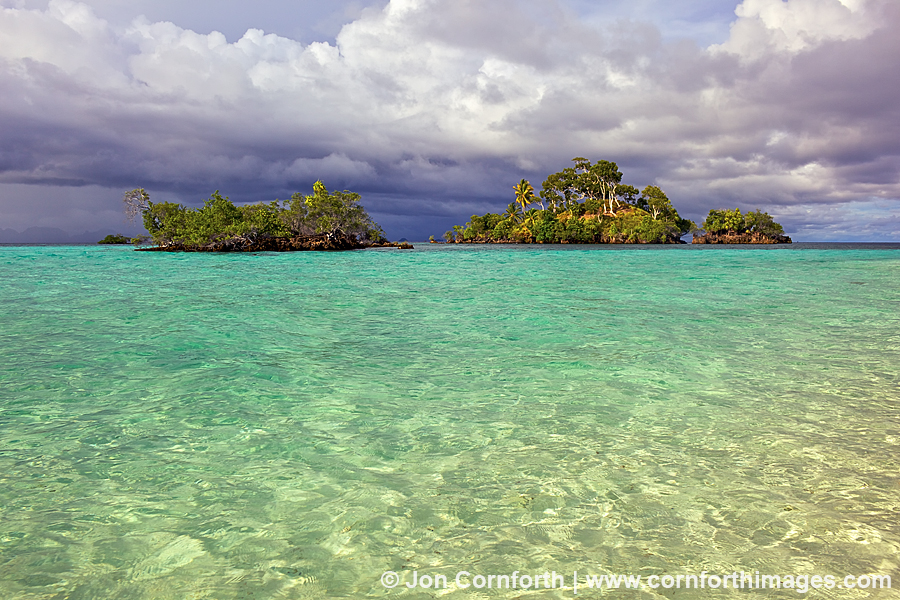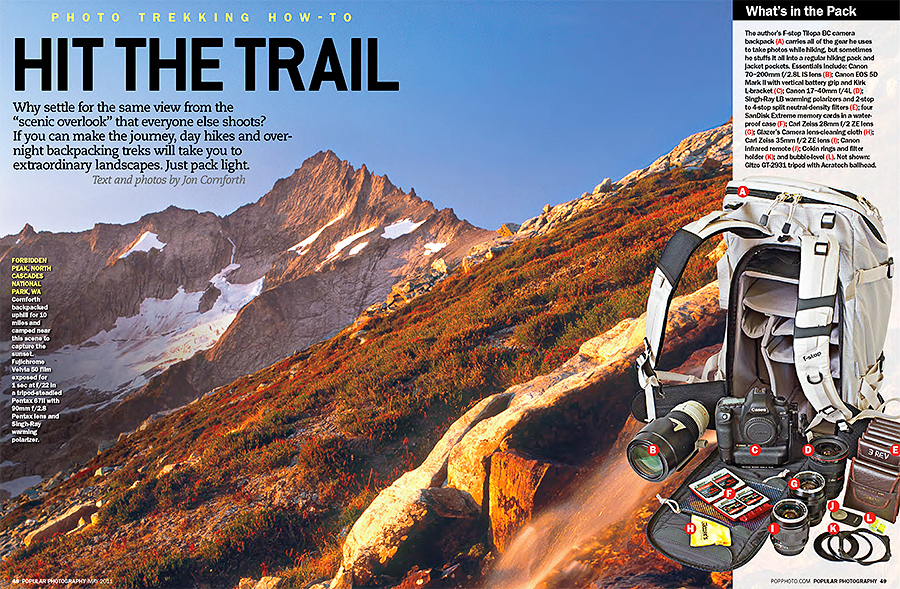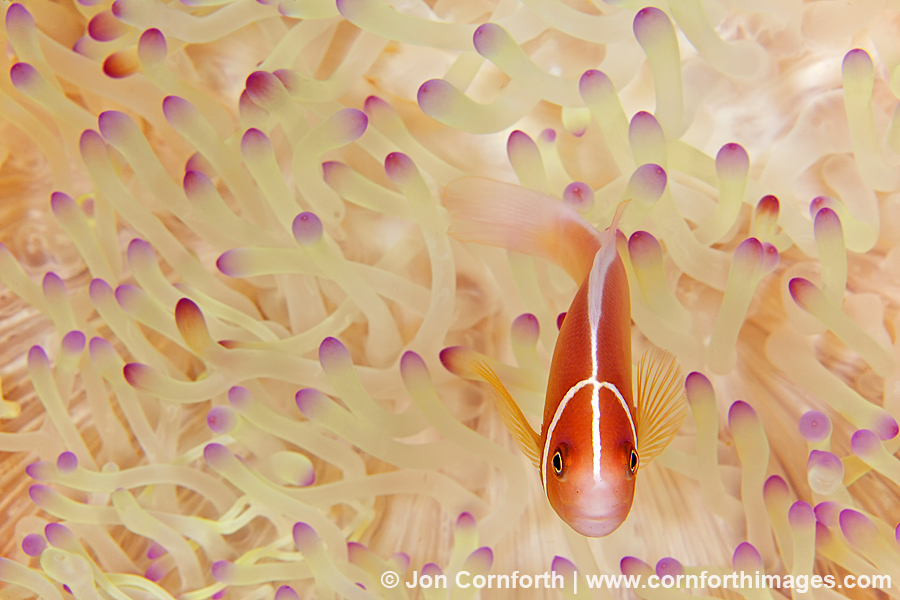
Popular Photography June 2011 Whale Article
Posted onCheck out my latest feature in the June issue of Popular Photography! My article is about photographing cetaceans, otherwise known as whales. They are my favorite photographic subject and I’ve routinely stated over the years that if I could only photograph one thing that it would be whales. My article gives advice on how to photograph them, what lenses to use, and where some of the best places are to find whales. I also share how much patience is required for whale photography. In case it’s not obvious, they spend their lives underwater, so not only is it difficult to catch a glimpse of them, it is even harder to photograph them. I have been very fortunate to accumulate many months of time with them in the last decade. You can read more about the image in the double page opener in my blog post from 2010. Also, If you’ve ever wanted to photograph whales, I am co-leading a tour with Tony Wu to photograph humpback whales in Southeast Alaska and Tonga in 2012.

